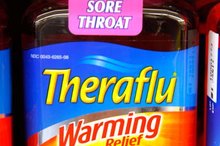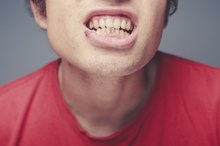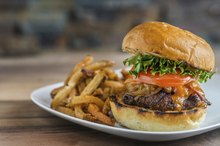Foods to Avoid With Isoniazid
You may require treatment with a medication called isoniazid, or INH, if you are diagnosed with tuberculosis. Isoniazid can treat active TB or prevent it after exposure to the bacteria. Some foods may cause adverse reactions while taking isoniazid and may decrease concentrations of the medication in the blood. Your doctor may recommend taking it one hour before or two hours after eating a meal. Your physician also may alter your therapy if you have complaints of stomach upset with INH.
Cheeses
Aged cheeses include a substance called tyramine, a result of the fermentation process, which can conflict with isoniazid. Consuming cheeses like American, cheddar, brie, blue, brick, parmesan and romano can cause dangerously high blood pressure. Some of the signs and symptoms include blood pressure changes, a sensation of pounding in your chest, diarrhea, facial flushing and sweating. Avoid these foods or only take them in small quantities, according to Drugs.com.
Alcohol
List of Foods Containing Tyramine
Learn More
Avoiding alcohol and alcohol products while on isoniazid may reduce the possibility of isoniazid-related hepatitis and subsequent liver damage, according to Ohio State University Medical Center. This includes alcoholic beer and nonalcoholic beer, red wine, sherry, vermouth and other distilled products. Symptoms may include facial flushing, headache, light-headedness, nausea and breathlessness.
Fruits and Vegetables
Avocados, bananas, figs, raisins, bean curd, fava beans and sauerkraut are some of the fruits and vegetables recommended by Carolinas Medical Center to avoid while on isoniazid. Taking isoniazid one hour before or two hours after a meal may reduce the loss of INH in the gastrointestinal system. Avoiding fruits and vegetables that contain tyramine and histamine may help to reduce serious side effects.
Related Articles
References
Writer Bio
Helen Messina started writing in 2010. She is a registered nurse with experience in rehabilitation, long-term/subacute care, pediatric/adult home care and has worked in acute care facilities in Florida, Pennsylvania, New Jersey and New York. Messina's specialties include neurology, cardiac and renal care. She holds an associate degree in nursing from Gannon University.








